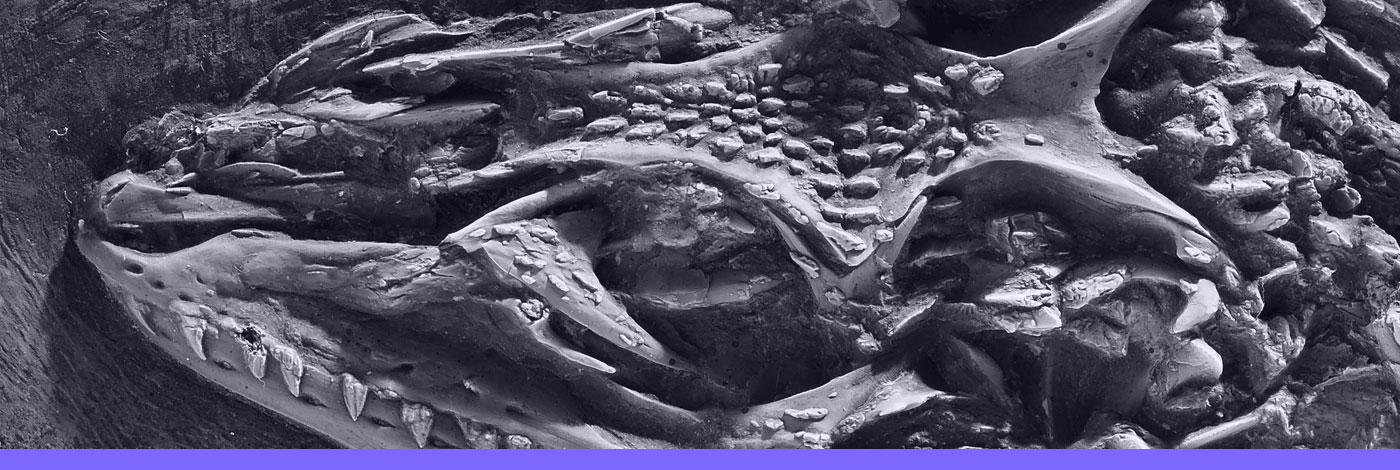
 Comptes Rendus Palevol
15 (7) - Pages 877-887
Comptes Rendus Palevol
15 (7) - Pages 877-887The Tertiary sediments of northern Pakistan are an exceptional record of terrestrial sedimentation and represent most of Neogene time. Foremost is the Siwalik Group of the Potwar Plateau, for which multiple, superposed fossil levels span ∼18–6 Ma. Well-developed magnetostratigraphic control provides secure dating so that Siwalik fossil horizons may be interpolated into a time scale with resolution to 100,000 years. We describe the geographic setting of the Potwar, give an overview of the temporal distribution of faunas, and discuss changes in paleohabitat and paleoecology with coinciding faunal change, as seen from the Siwalik viewpoint. The long Siwalik biostratigraphy of many successive assemblages with its resolved time scale may be compared directly with other well-dated sequences. Immigrant arrival and timing of faunal change may be traced. The basins of the Iberian Peninsula show somewhat different timing of introduction of hipparionine horses, and faunal turnover in the Siwaliks clearly precedes the Vallesian crisis in Spain. In contrast to the increasingly seasonal precipitation of the late Miocene Potwar, the paleohabitat of coeval North China appears to have been moist and equable, with high diversity faunas. Continued development and comparison of resolved Neogene records allow increasing resolution of the patterns of faunal change on regional to global levels.
Neogene, Siwaliks, Mammals, Paleoecology, Biostratigraphy, Magnetostratigraphy